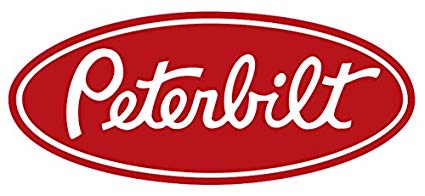Peterbilt History

In the first third of the 20th century, logs for the lumber industry were floated downriver, hauled with steam tractors or horse teams. Tacoma, Washington plywood manufacturer and lumberman T.A. Peterman could not get his felled inventory to his lumber mill quickly or efficiently enough to suit his needs, so he looked at the then-nascent automobile technology for logging trucks that could do the job.
Peterman began by rebuilding surplus military trucks, improving the technology with each successive vehicle, such as replacing crank starters with battery powered ones. In 1938, near the end of the Great Depression, he purchased the assets of Fageol Motors of Oakland, California, which had gone into receivership in 1932 (near the depths of the Depression). With the ability to turn out custom built chassis Peterman initially produced two chain-drive logging trucks, which proved unsuccessful. In 1939, he began selling his trucks to the public.
A. Peterman died in 1944. His wife, Ida, sold the company to seven individuals within the organization, but retained its land. They then expanded it into a major producer of heavy-duty trucks. In 1958, Ida Peterman announced plans to sell the property to develop a shopping center. The shareholders, not wanting to invest in a new manufacturing facility, sold the company in June 1958 to Pacific Car & Foundry Co., then primarily a manufacturer of railroad freight cars, which had acquired the assets of heavy truck competitor Kenworth in 1944. One year later, Pacific Car and Foundry started construction of a modern 176,000-square-foot (16,400 m2) manufacturing facility in Newark, Calif. In August, 1960 Peterbilt moved to the new facility and became a division of the parent firm. Pacific Car and Foundry Co. changed its name officially to Paccar in 1972.[1]
